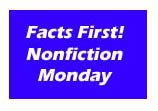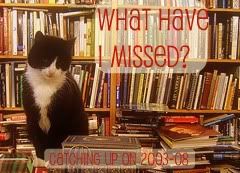 Image via Wikipedia
Image via WikipediaIt's an important part of history - of immigration, worker's rights, and women's rights. And yet I never learned about it in school - I was introduced to the fire through the book Ashes of Roses that I read on my own my senior year of high school. Auch's description of Rose in the fire was incredibly powerful, so much so that the book has stuck with me for almost 10 years and I've included it on my list of Feminist YA novels.
I think part of the reason I have remained fascinated by the Triangle fire is because it was the first historical event that was introduced to me solely through fiction. I've always read historical fiction - it might not be my favorite genre but I don't go out of my way to avoid it. However, I tend to gravitate towards stories that back up a prior interest - like the Salem Witch Trials or the Civil War. I picked up Ashes of Roses because of its connection to women's history, and was bluntly introduced to a tragic aspect of history that had never been mentioned in any of my history classes.
Since Ashes of Roses, historical fiction has become a much larger part of my reading repertoire. I can't say it's an absolute favorite genre because the quality can vary so much between books - good historical fiction must be well written and well researched, while a well written SF novel can entertain me even if some of the science is off. However, I'm always looking for the next story that will fill in the gaps I might not even know I have - like Between Shades of Gray and the Soviet deportations of Lituanians and other Baltic citizens, or Daughter of Xanadu and the life of a warrior princess in 14th century Mongolia.
And I swear I wasn't planning on writing this post when I posted two historical fiction reviews this week!
In commemoration of the fire and its victims, the Remember the Triangle Fire Coalition has organized events both online and around the US, for this weekend. If you can't be in NYC, the official commemoration will be streamed online. In addition, two documentaries have been airing this week, one on HBO and the other on PBS (available to stream online!). I haven't had a chance to watch either yet, but I hope to this weekend.
For me, one of the greatest ironies of the Triangle Fire was that the building was toted as being utterly modern in that it was fireproof. And indeed the exterior was - the building is now the Brown Building and its used for NYU classes. Unfortunately for the 146 garment workers and their families, similar advances in technology weren't used on the interior. Today, take a moment to remember those workers, and those who came after them who fought tirelessly to try to ensure such a tragedy didn't happen again.













